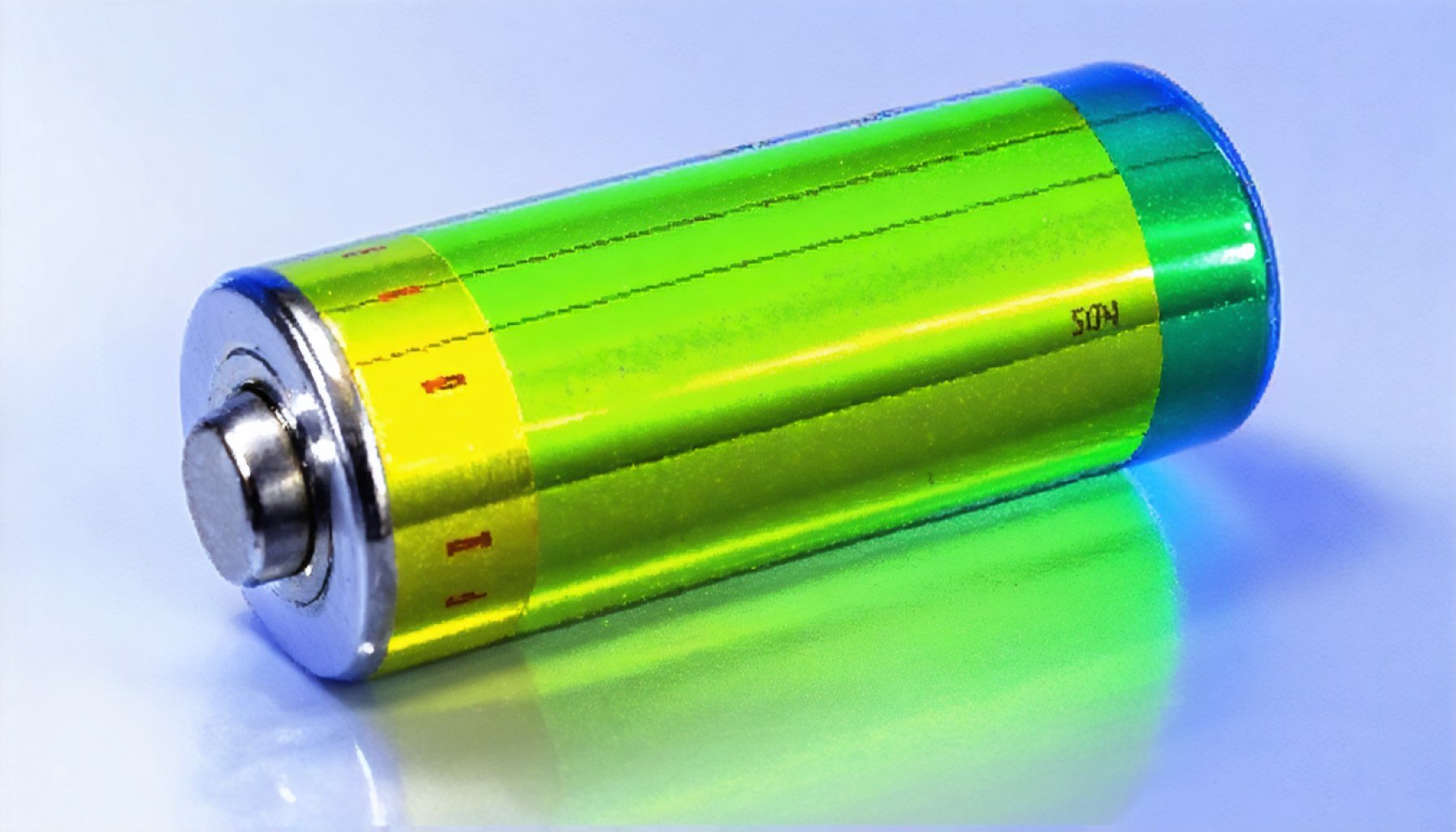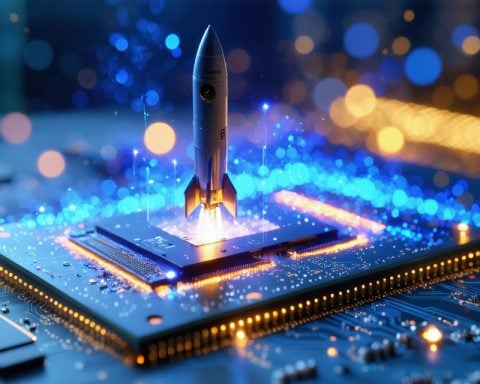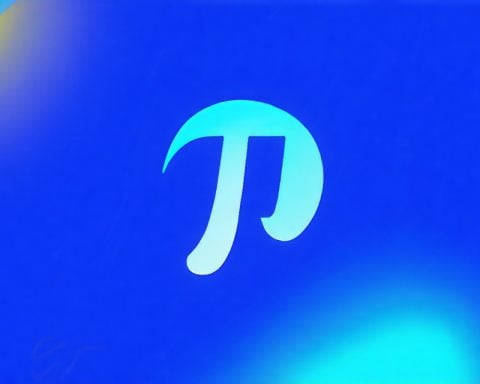- The Dincă Group at Princeton University has pioneered a sodium-ion battery using a bis-tetraaminobenzoquinone (TAQ) cathode.
- This sodium-ion battery offers a high energy performance, challenging traditional lithium-ion batteries.
- The innovation addresses lithium scarcity by leveraging abundant sodium, promising rapid charging capabilities for various applications.
- Despite sodium’s traditionally lower energy density, the TAQ cathode enhances stability and conductivity when paired with carbon nanotubes.
- The battery boasts a four-electron redox process, pushing energy density near theoretical limits and potentially surpassing lithium-ion performance.
- This advancement marks a significant shift towards sustainable and high-performance energy storage solutions.
Within the halls of Princeton University’s Dincă Group, a shimmer of electric promise flickers, heralding a future where sodium-ion batteries might finally outshine their lithium counterparts. Emerging from the shadows of traditional technology, the battery features a cathode of bis-tetraaminobenzoquinone (TAQ) that unleashes a cascade of energy performance that was, until now, only dreamt of.
Imagine a world where a car’s charge is as swift as a lightning bolt, or data centers pulsate with uninterrupted power, the air buzzing with energy derived from common sodium. Lithium, with its scarcity and tangled supply web, inches towards the past, as abundant sodium steps into the limelight.
The anatomy of this innovation isn’t without challenges. Historically, sodium’s lower energy density has left it lagging. But under the Dincă Group’s meticulous craftsmanship, the TAQ cathode acts as a revelation. Its robust structure and insolubility pair magnificently with carbon nanotubes, weaving a conductive, stable network that dances elegantly between storage and release of energy.
This isn’t just a tweak; it’s a revolution. The reengineered battery not only hovers near its theoretical limits but could potentially exceed the performance of the classical lithium-ion. It unfolds its promise through a dazzling four-electron redox process, achieving unparalleled energy density and stability.
As the curtain lifts on this new era, we stand at the precipice of a battery metamorphosis. With potential that transcends, the dream of sustainable, high-performance energy storage may no longer just be a vision of tomorrow but an electrifying reality of today.
Revolution in Energy Storage: How Sodium-Ion Batteries Might Eclipse Lithium
Overview of Sodium-Ion Battery Innovation
The emerging advancements in sodium-ion batteries, especially those developed by Princeton University’s Dincă Group, present a promising future for energy storage solutions. By leveraging a bis-tetraaminobenzoquinone (TAQ) cathode, these batteries are setting new benchmarks in performance, potentially surpassing traditional lithium-ion batteries. This breakthrough could lead to significant shifts in the energy sector, given sodium’s availability compared to lithium’s scarcity.
Real-World Use Cases and Industry Trends
1. Electric Vehicles (EVs): One of the most exciting applications of sodium-ion batteries is in the electric vehicle industry. With the ability to provide faster charge times and comparable energy densities to lithium-ion batteries, sodium-based solutions could reduce the overall cost of EVs and promote widespread adoption.
2. Grid Storage: Sodium-ion batteries could transform how utilities manage demand and load balancing. Given their potential for longer life cycles and greater safety, they are well-suited for use in grid energy storage, ensuring consistent power delivery from renewable sources.
3. Data Centers: As major energy consumers, data centers could benefit from sodium-ion batteries’ swift charge capabilities and reliability, optimizing uptime and reducing operational costs.
Market Forecasts and Industry Trends
According to a report by Grand View Research, the global battery market is expected to surpass $300 billion by the late 2020s, with alternative battery technologies like sodium-ion promising to capture a significant share. The demand for more sustainable, cost-effective, and abundant energy solutions is driving research and investment in this area.
Features, Specs & Pricing
– Cathode Material: Bis-tetraaminobenzoquinone (TAQ)
– Performance: Utilizes a four-electron redox process
– Energy Density: Near theoretical limits of lithium-ion performance
– Cost: Anticipated to be lower than lithium-ion batteries due to sodium’s abundance
Pros & Cons Overview
Pros:
– Abundant raw material (sodium) leading to potential lower cost
– Enhanced safety and stability
– Comparable energy density to lithium-ion batteries
– Fast charging capabilities
Cons:
– Historically lower energy density than lithium
– Requires further optimization for commercial scalability
– Current infrastructure primarily supports lithium-ion
Controversies & Limitations
While sodium-ion technology holds great promise, the primary controversy revolves around scalability and the transition from a lithium-dependent infrastructure. The industry’s readiness to shift, coupled with ongoing improvements to enhance energy density and battery lifecycle, remains crucial.
Actionable Recommendations
– Stay Informed: For businesses reliant on energy storage, staying updated with developments in sodium-ion technology is essential.
– Invest in Research: Companies should consider investing in sodium-ion research or partnerships to future-proof their operations.
– Diversify Solutions: For energy-intensive industries, combining sodium-ion with other energy solutions could optimize performance and cost-effectiveness.
For further information, visit Princeton University’s main domain.
By exploring the latest in battery technology developments, industries and consumers can prepare for a more sustainable and efficient energy future, leveraging the benefits offered by sodium-ion batteries.



















